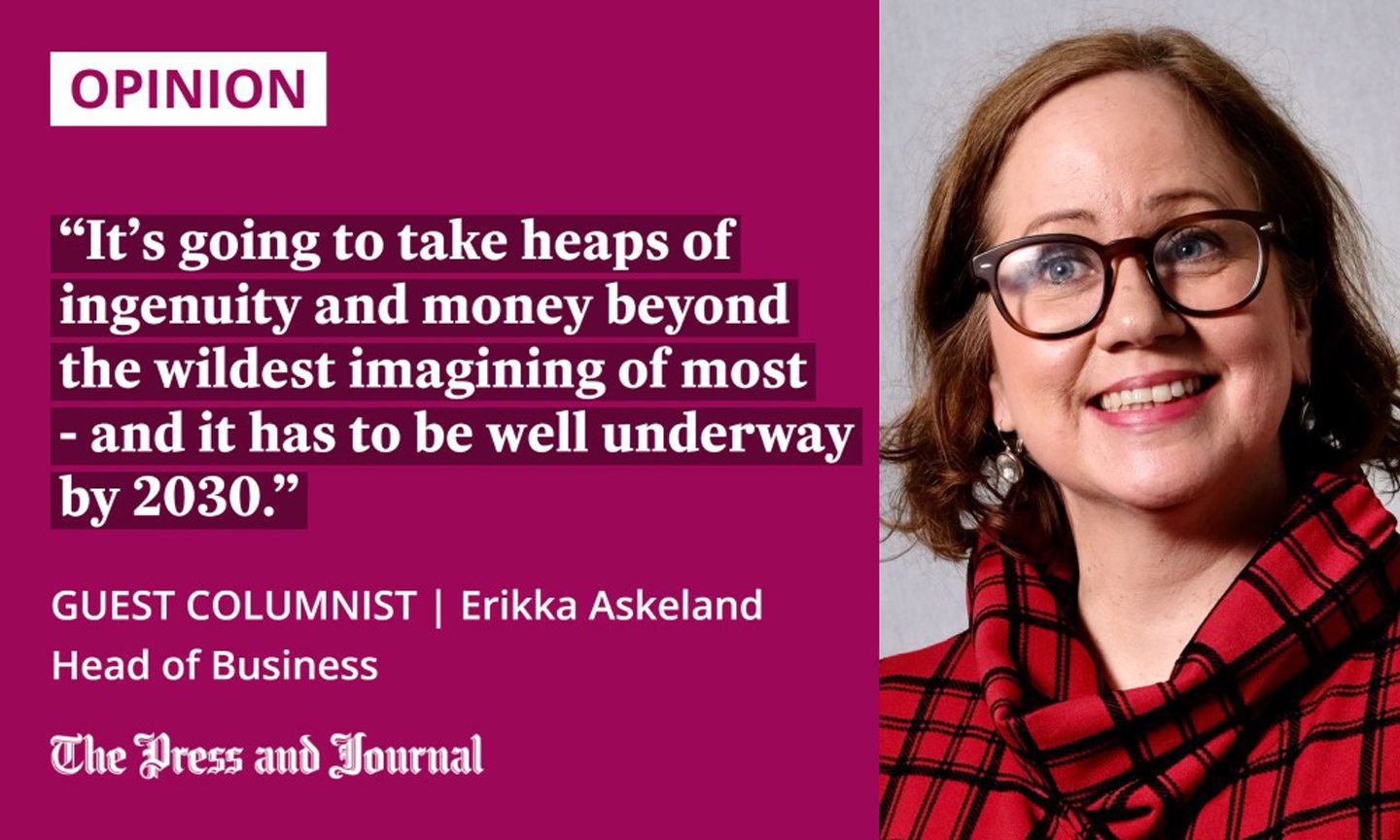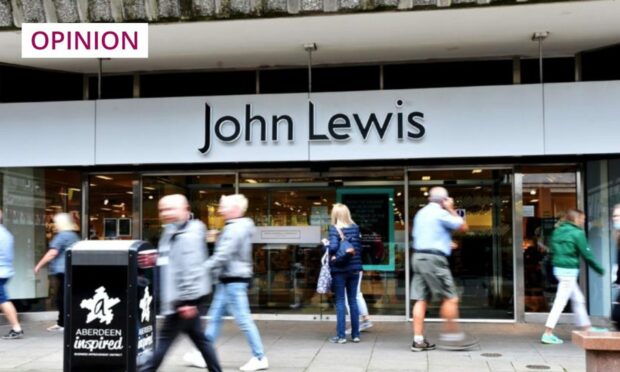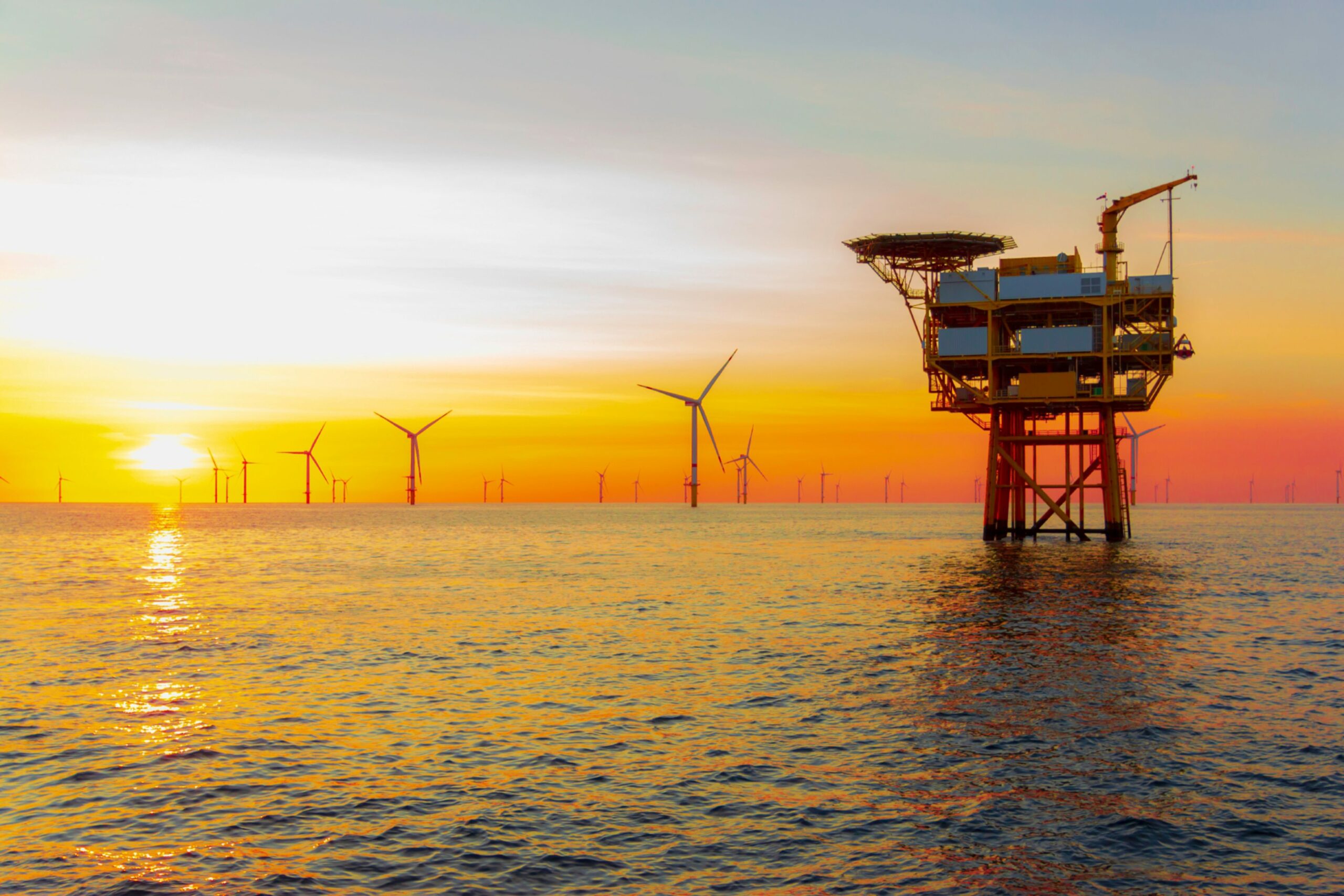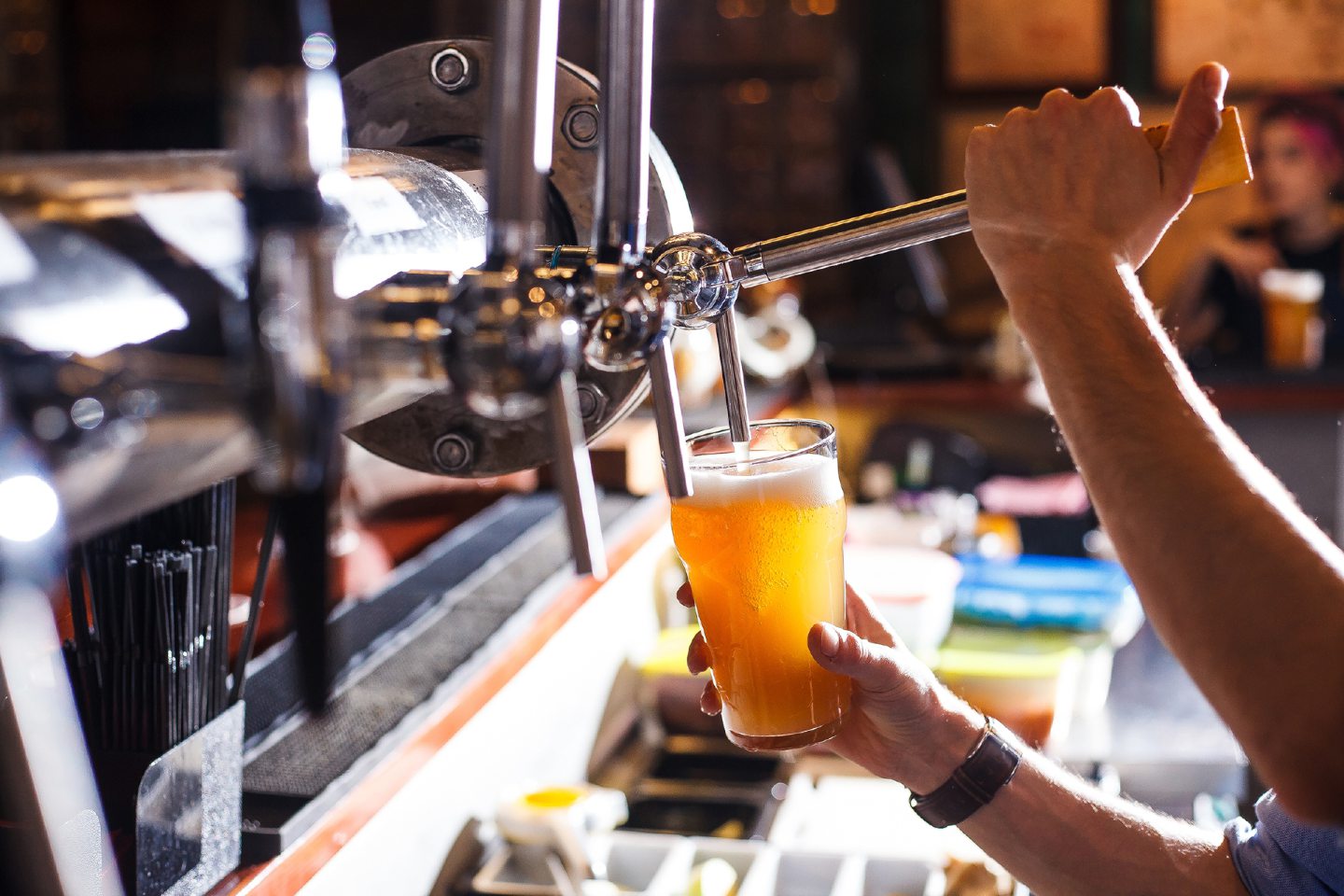Empty shops, quiet streets, a dearth of taxis on a rainy, midweek night – what can we do to bring back Aberdeen’s buzz?
When I moved here in 2013, I’d never seen the like. The city wasn’t just buzzing, it was more like a chainsaw convention.
But that seems a long time ago. First came the oil and gas price crash. Then Brexit, then the pandemic – which turbocharged a trend for shopping online instead of on the high street. And that was before the war in Ukraine.
We lost John Lewis, Debenhams, and now a question mark hangs over Marks and Spencer.

Last week, Professor Paul de Leeuw from Robert Gordon University presented a vision – one that would secure tens of thousands of well-paid jobs in the energy industry and, yes, may even bring John Lewis back.
All it would require is for the city to build in the next 50 years what it did in the last half century. Except, instead of oil and gas, we will be producing energy that does not clart the earth.
We will be building, installing and managing vast offshore wind farms, many of which are currently being planned to be within a 100-mile radius of Aberdeen.
These, in turn, will be used to make hydrogen – a clean fuel that, when it burns, leaves only water.
Eventually, emissions from factories and power stations across the UK and Europe will be cleansed of polluting carbon, which can then be shipped here and pumped deep into rock formations under the North Sea.
We desperately need investment in green energy
All of these things could be on the cards for the north-east, but it’s going to take heaps of ingenuity and money beyond the wildest imagining of most – and it has to be well underway by 2030.
It is part of the reason why you will have heard a lot about the windfall tax on oil and gas companies in recent weeks.
It is easy, perhaps, to dismiss oil and gas companies railing against a tax on their sky-high profits as so much crocodile tears, particularly when the cost of living crisis means the briskest business across Scotland these days is at the local food bank.
But, in order to reach the good professor’s best case “global energy hub” scenario, the oil and gas industry will need to be firing on all cylinders for the next five years, at least, so it can plough as much cash as possible into this clean energy plan.
Currently, a third of people working in the region are either directly employed in the offshore energy industry, or are the taxi drivers or bartenders who serve them. In order for these jobs to be maintained and grown, we need to invest in green energy – or they will continue to decline.
A strong jobs market was likely one of the main reasons John Lewis was here in the first place – and will be the only reason for it, and other retailers, to come back.
Erikka Askeland is Head of Business for The Press and Journal



Conversation